The Woodpecker is a group of birds in the Picidae family. Their primary defining characteristic is the way they hunt their prey. These birds hammer their beaks into the bark of trees to extract insects and insect larvae.
Researchers estimate that there are about 240 different species of these birds. Read on to learn about the Woodpecker.
Description of the Woodpecker
These birds vary in size and plumage, but many species have similar body shapes. They range in size, anywhere from three inches to a foot and a half long. Woodpeckers come in a wide range of colors, but there are some similarities between species as well.
Though their feathers may be black, white, brown, or tan, many have red accent feathers on the tops of their heads. All of these birds have zygodactyl feet, with two toes facing forward and two toes facing backward.
Interesting Facts About the Woodpecker
There is simply an immense variety in the Woodpecker family. Learn more about some specific species and their interesting characteristics below.
- Ivory-Billed Woodpecker – This species was once widespread and common, but habitat drove them to the brink of extinction. In fact, until 2004, scientists believed that this species was extinct. The IUCN lists this species as Critically Endangered. The only known population lives in a small region of Arkansas.
- Gila Woodpecker – The Gila Woodpecker, like the Gila monster, lives in the deserts of the southwest United States and Mexico. This species is unique because it utilizes large cactus instead of trees. They even hollow out cactus to create nesting cavities.
- Lewis’s Woodpecker – This species is one of the few Woodpeckers that do not regularly peck wood. These birds are much more fond of snatching flies and other flying insects straight out of the air.
- Hairy Woodpecker – This species takes an interesting approach to hunting. Though they do peck holes themselves, they are quite ingenuitive birds. This species sometimes follows larger Woodpeckers around, and once it finishes with its hole, the Hairy carefully inspects it for any insects the larger species might have missed.
Habitat of the Woodpecker
These birds live in a wide variety of different habitats. However, most do live in forested habitats. Some of the many different treed ecosystems that they inhabit include scrublands, woodlands, pine forests, oak forests, savannas, and even tropical rainforests.
Some species also live in deserts, grasslands, and more. Some species adapt to living in urban areas, from farms and pastures to parks and cities.
Distribution of the Woodpecker
These birds live nearly across the globe, but they are absent from a few areas. Primarily, they do not live in Antarctica, Madagascar, Australia, New Zealand, or New Guinea. Outside of these areas, different Woodpecker species live in North, Central, and South America, as well as Eurasia and Africa. Different species have different individual ranges. Some populations overlap, while others do not.
Diet of the Woodpecker
These birds are generally omnivores, though their diet consists primarily of insects. They feed on both plant and small animal matter, depending on the species. Some species eat only a few types of prey, while other species are much more generalistic and eat just about anything.
For those that eat mostly insects, their diet usually consists of insect larvae, beetles, and ants, as well as grasshoppers, spiders, wasps, millipedes, crickets, and more. Some larger species also eat bird eggs, lizards, and even small mammals. Each species has a different exact diet, which varies based on region and preference.
Woodpecker and Human Interaction
While human impact varies from species to species, the overarching threat to these birds is habitat loss. Deforestation for logging or agriculture is devastating to these birds, primarily because most of their prey comes from boring into trunks and branches.
In addition to habitat destruction, pollution, hunting, and feral cats and rats all impact species to varying degrees. The threat to each species varies based on their range and population.
Domestication
Humans have not domesticated these birds in any way.
Does the Woodpecker Make a Good Pet
No, Woodpeckers do not make good pets. They are wild birds, and are not friendly towards humans. Additionally, it is illegal in most places to own a Woodpecker as a pet.
Woodpecker Care
In zoos, most Woodpeckers live in aviary-style enclosures. Their habitats have a variety of trees, branches, shrubs, and perches for them to forage through. Depending on the species, most Woodpeckers live with different species of birds, especially in large aviaries with plenty of space.
Their diet also varies based on the species, but usually consists of crickets, mealworms, eggs, and insectivore diet. Most of these birds in zoos live there because they became injured and could not survive in the wild any longer.
Behavior of the Woodpecker
Most of these birds are diurnal, and active during the day. Their social behavior, however, varies from species to species. Most species are solitary outside of the breeding season, though some species do live in pairs or small flocks.
Some species are incredibly territorial, usually protecting a nest or an important food source. They spend their time patrolling their territories and foraging for food by drumming their bills against tree trunks and branches.
Reproduction of the Woodpecker
Different species of Woodpeckers have different reproductive behavior. Most excavate holes in trees using their bills, though some use holes or cavities that they find. They use these cavities to nest and raise their young.
Breeding strategy varies, but most species are monogamous at least seasonally, and the pair works together to raise the young. The female lays between two and five eggs per clutch, and incubation is usually about two weeks or so. In most species, the chicks begin learning to fly by the time they are a month old.


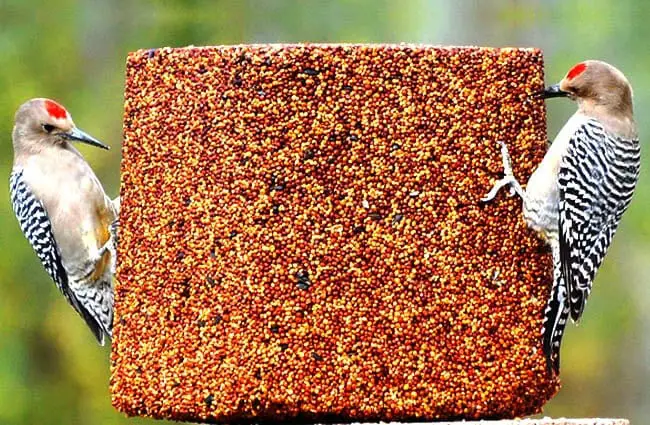
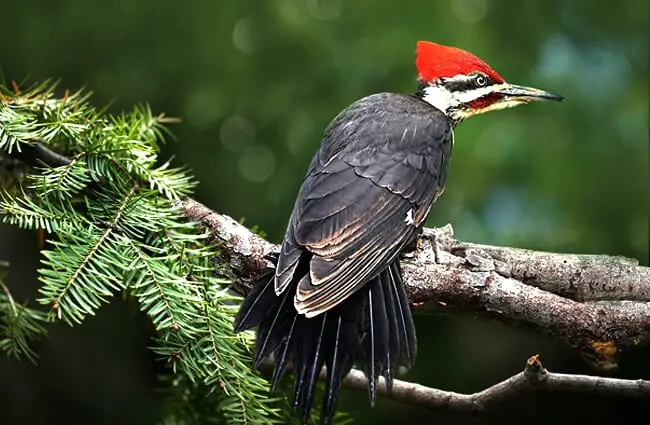
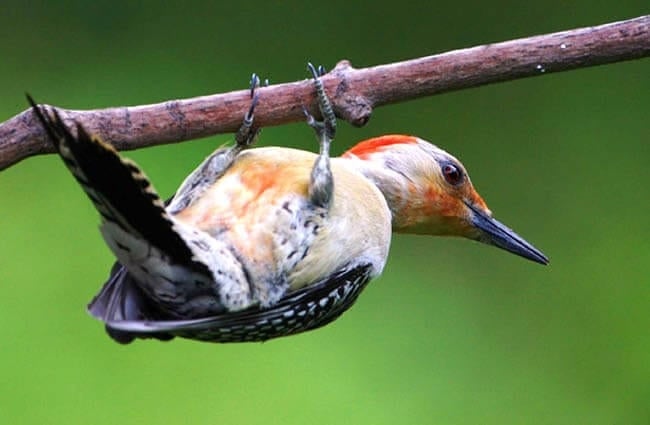
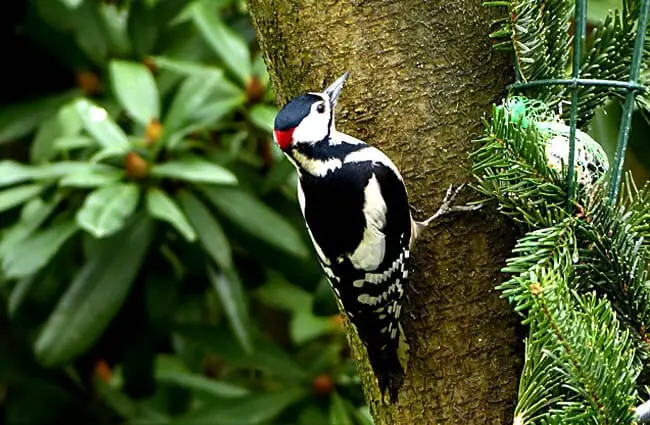
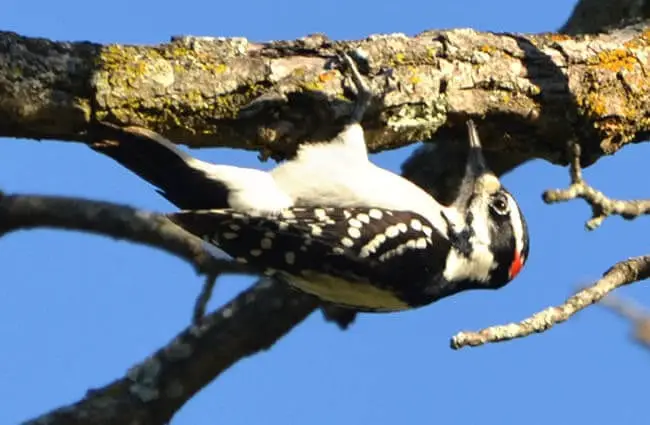
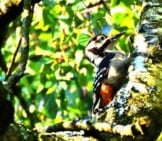
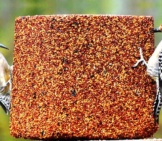
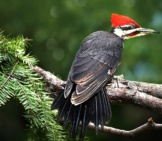
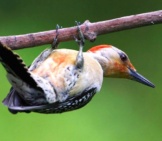


![Red Angus Closeup of a beautiful Red Angus cowPhoto by: U.S. Department of Agriculture [pubic domain]https://creativecommons.org/licenses/by/2.0/](https://animals.net/wp-content/uploads/2020/03/Red-Angus-4-238x178.jpg)












![Red Angus Closeup of a beautiful Red Angus cowPhoto by: U.S. Department of Agriculture [pubic domain]https://creativecommons.org/licenses/by/2.0/](https://animals.net/wp-content/uploads/2020/03/Red-Angus-4-100x75.jpg)

